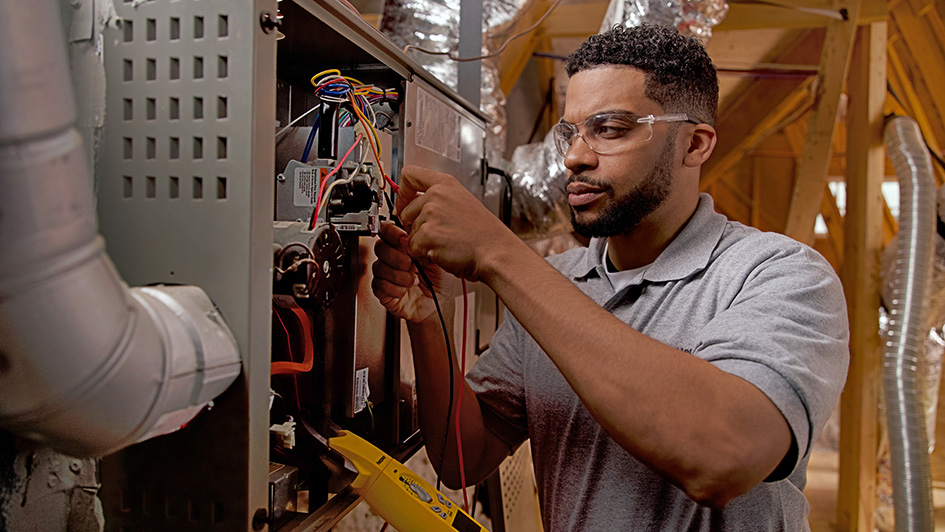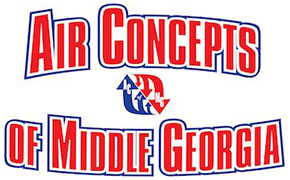
A furnace is almost always a background player for your home, ensuring you're warm across the cold winter months. It often won't be noticed until a malfunction appears.
One root cause might be that your furnace has a cracked heat exchanger. It’s a potentially dangerous issue, so it’s critical to familiarize yourself with the signs of a cracked heat exchanger and what you should do if you believe that might be the problem.
What Is a Heat Exchanger in a Furnace?
A heat exchanger helps transition heat from the combustion chamber inside your furnace to the air that moves throughout the system. It usually accomplishes this through coils or tubes that warm the air while acting as a barrier to keep byproducts produced in the combustion chamber, called flue gasses, from getting out into your home.
Is a Cracked Heat Exchanger Dangerous?
Because of its key role, it’s no surprise that a cracked heat exchanger can be hazardous. A damaged heat exchanger can allow dangerous gasses – like carbon monoxide, which can be lethal – to flow across your home.
For this reason, do NOT turn on your heating if you suspect there's a crack in the heat exchanger, as this could make the entire family ill. Contact an HVAC professional immediately if you are worried your heater has a cracked heat exchanger that should be repaired.
Four Symptoms of a Cracked Heat Exchanger:
- Furnace switches off: Cracks in the heat exchanger could cause your furnace to turn off.
- Odd Smells: If the air escaping your furnace has a powerful chemical smell, it might be a sign gas is leaking through cracks in your heat exchanger. These byproducts, which can smell like formaldehyde, are a significant warning sign.
- Carbon monoxide alarm initiates or you recognize poisoning symptoms: If a cracked heat exchanger is relieving carbon monoxide in your home, your carbon monoxide alarm should go off or household members could struggle with signs of carbon monoxide poisoning. Symptoms include headaches, dizziness, weakness, nausea, vomiting or feeling tired. If an alarm goes off or you feel sick, exit the home as soon as you can and then call for help.
- Soot: If you notice black sooty buildup on the exterior of your furnace, it’s another sign something might be seriously wrong.
What to Do if a Furnace Heat Exchanger is Cracked
If you worry your furnace has a cracked heat exchanger, hire a pro well versed in furnace installation Milledgeville and Middle Georgia right away so they can inspect your system and, if necessary, handle a furnace heat exchanger replacement. Costs will fluctuate depending on the situation, but estimates can roughly suggest $1,000 to $3,000.
Fortunately, the good news is that heat exchangers are generally included in the warranty. You’ll want to confirm the warranty paperwork on your furnace, since while the warranty won't always cover the entire cost of repairs, it still may significantly shrink your bill.
How to Avoid a Cracked Heat Exchanger in Your Home
One of the easiest ways to avoid problems in your furnace overall is with regular furnace maintenance. Furnaces provide the best possible return on investment when they operate efficiently. Calling a trained professional to check your furnace for old parts, clogged filters and other common problems can help you avoid getting a big bill later on.
It’s also a good idea to review your furnace filters every few months – it’s encouraged some filters be swapped out every 90 days or sooner if they are dirty or grimy. While the filters are not part of the heat exchanger itself, the strain of pulling air through a clogged filter makes the entire furnace work harder to accomplish its job. And the harder your furnace has to work, the more deterioration pieces like the heat exchanger will sustain.
